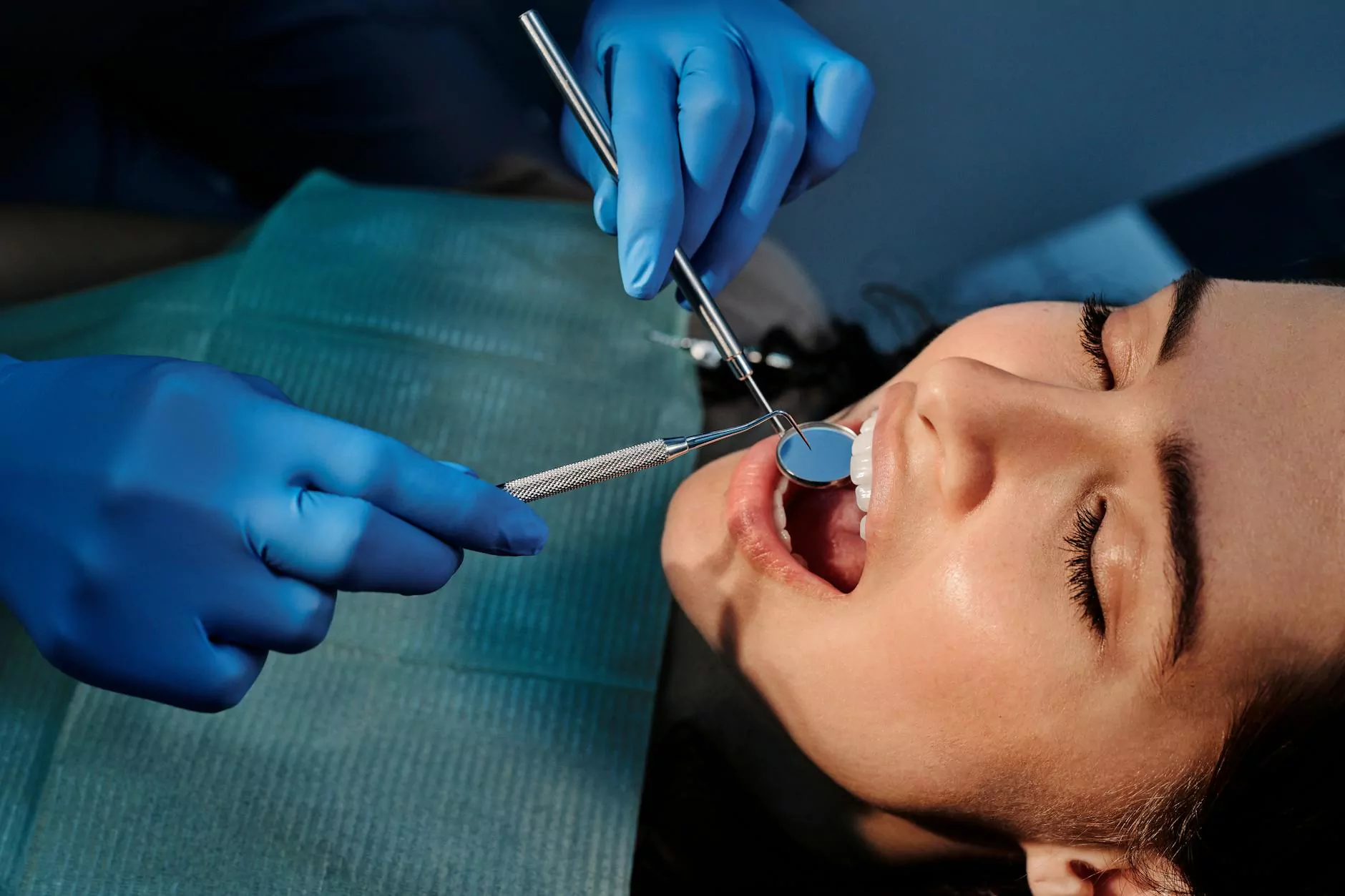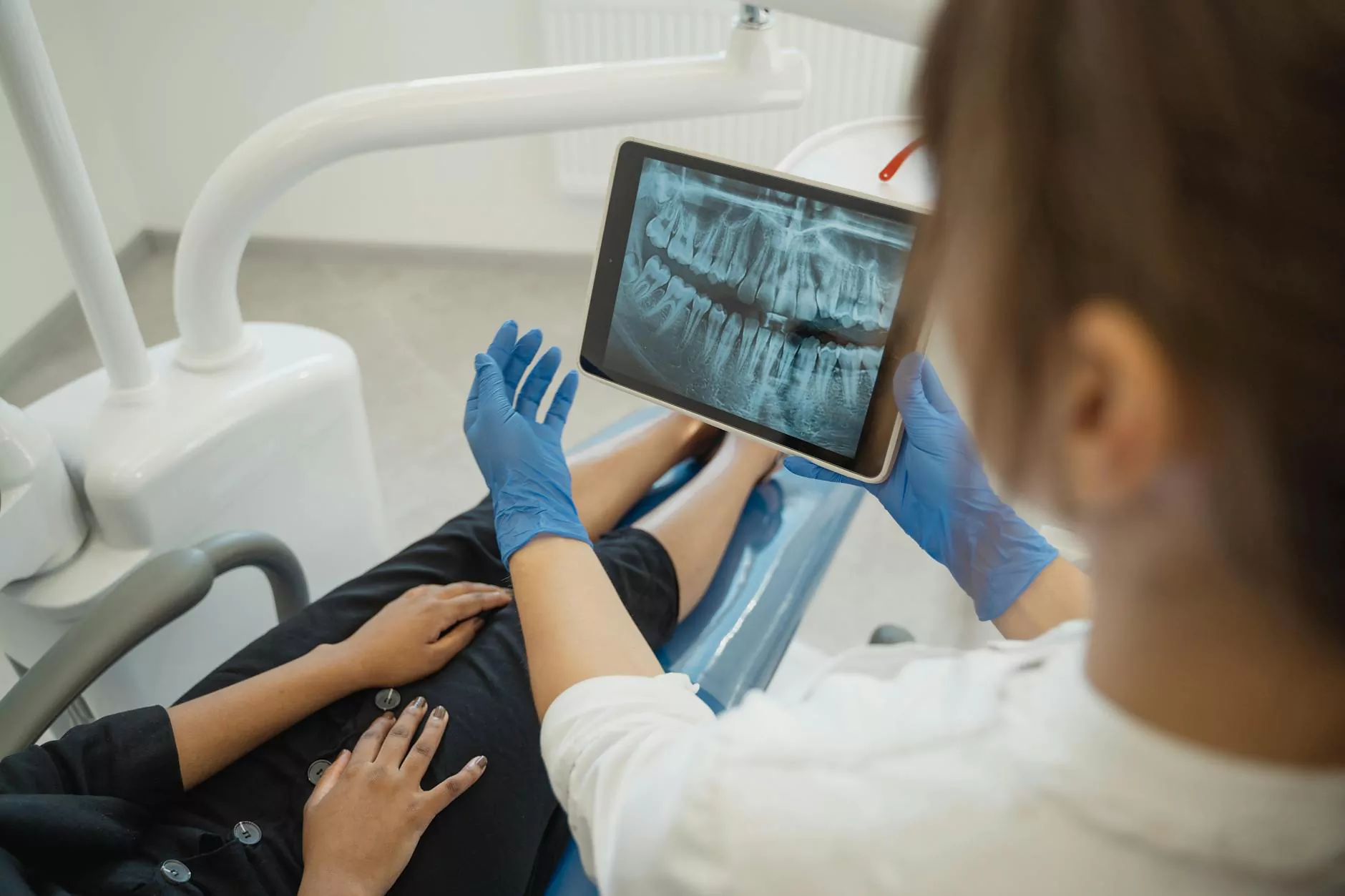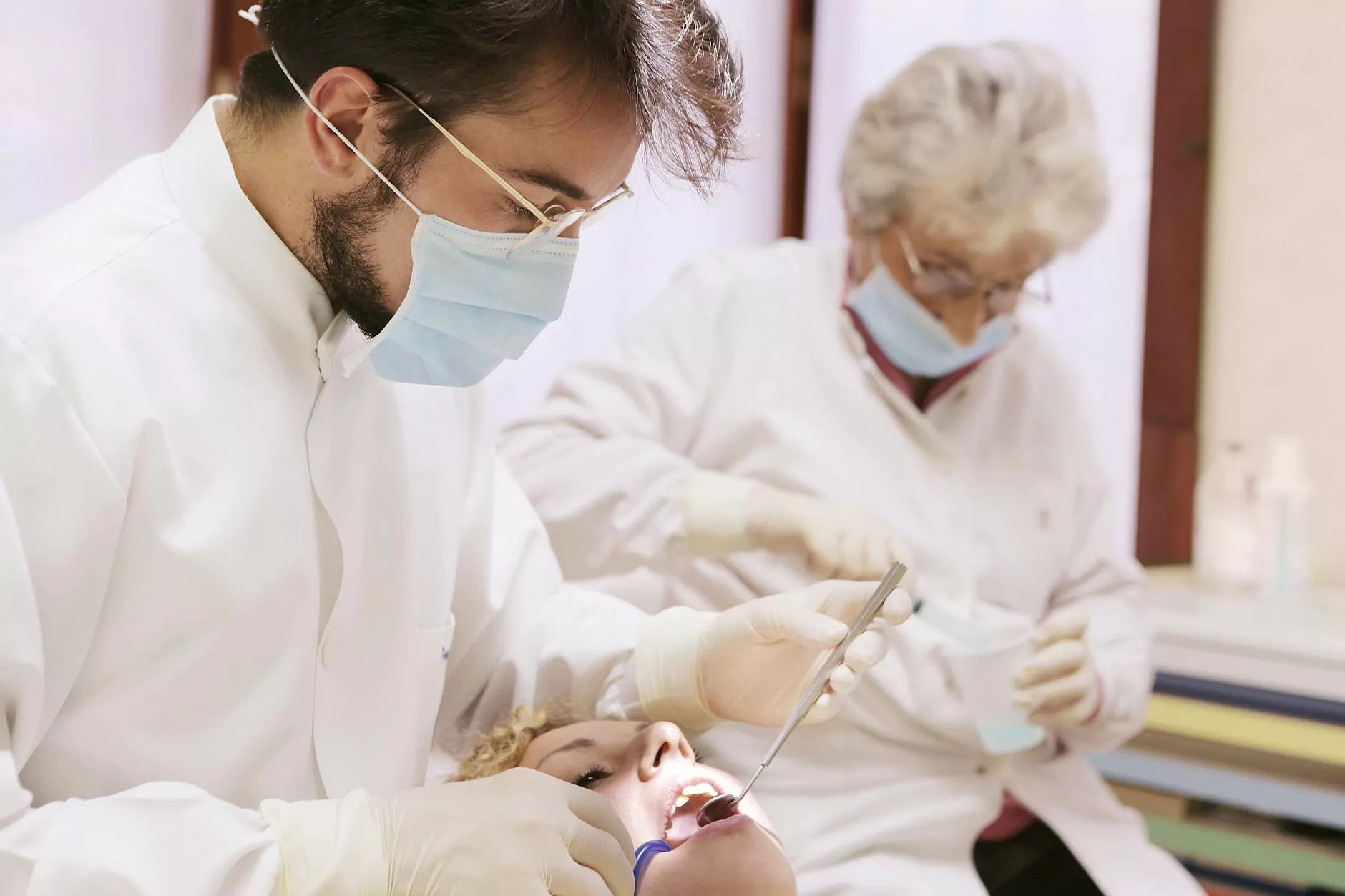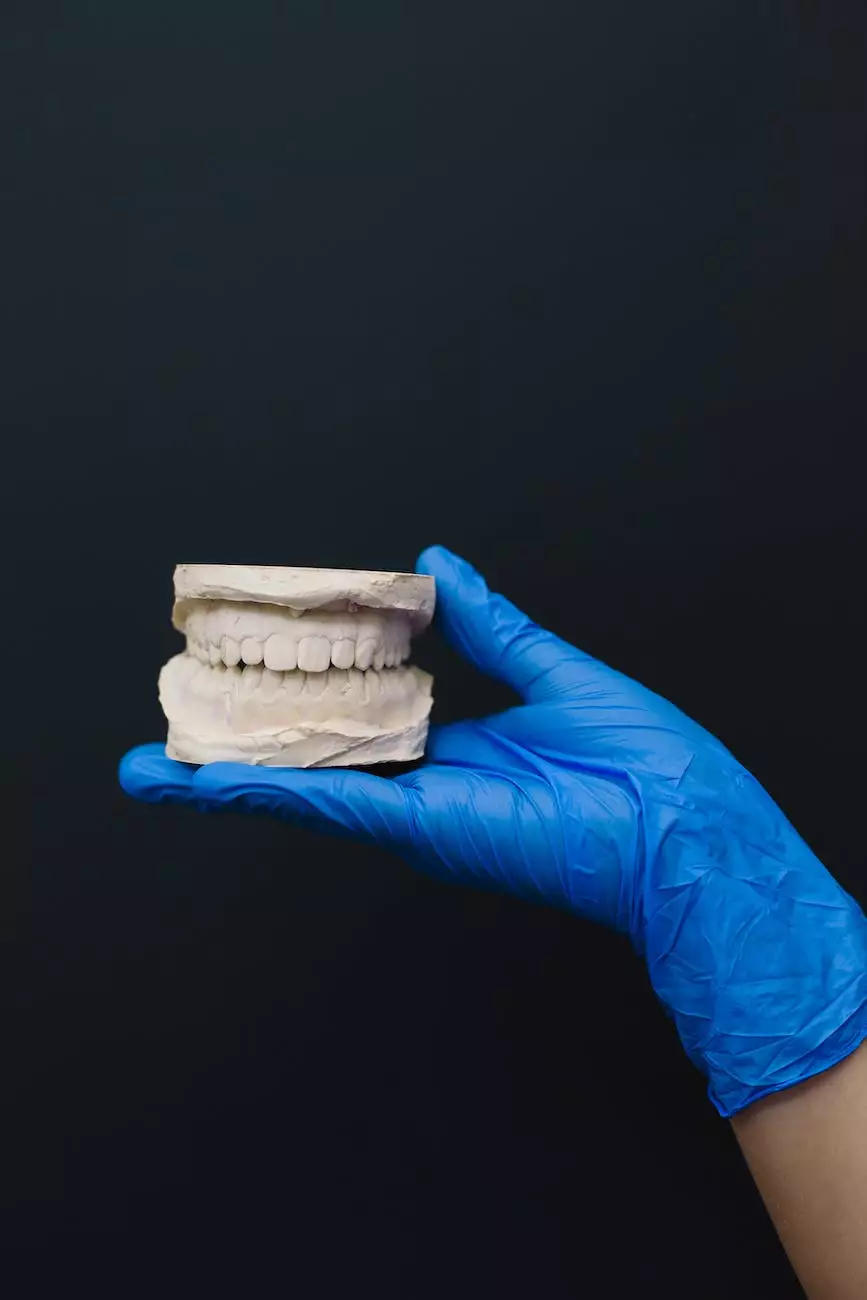How to do a Self Examination for Oral Cancer
Blog
Introduction
Welcome to Hera Z Blazer, DDS, your trusted dental partner in maintaining excellent oral health. In this article, we will guide you through the process of performing a self-examination for oral cancer. Regular self-examinations play a crucial role in early detection and prevention of oral cancer. By following the step-by-step instructions below, you can empower yourself with knowledge and take proactive steps towards ensuring your oral well-being.
Why perform a self-examination for oral cancer?
Detecting oral cancer in its early stages can significantly increase the chances of successful treatment and recovery. Regular self-examinations enable you to identify any unusual changes or potential signs of oral cancer, such as sores, lumps, discoloration, or persistent pain. By being vigilant and proactive, you can take immediate action and consult with a dental professional if any abnormalities are discovered.
Step-by-step guide for a thorough self-examination
1. Begin with good lighting and a mirror
Find a well-lit area in your home and have a handheld mirror ready. Clearing any distractions and ensuring good visibility are important for an accurate self-examination of your oral cavity.
2. Check the lips
Start by looking closely at your lips. Observe if there are any sores, discoloration, or irregularities. Pay attention to any changes in texture or the appearance of ulcers that do not heal within two weeks.
3. Examine the inside of your mouth
Use the mirror to examine the inside of your mouth. Inspect the gums, roof of the mouth, and tongue for any signs of oral cancer. Look out for red or white patches, swellings, or any abnormal growth that persists for more than two weeks.
4. Observe the tongue
Stick out your tongue and carefully examine its surface. Note any unusual texture, bumps, or discolored areas. Pay attention to the sides and underneath the tongue as well, as oral cancer can occur in these areas too.
5. Inspect the cheeks
Gently pull back each cheek and visually inspect the inner lining. Look for any changes in color, sores, or growths that may be indicative of oral cancer.
6. Check the back of your throat
Tilt your head back and open your mouth wide to expose the back of your throat. Use a flashlight if needed for better visibility. Inspect the tonsils and the surrounding area for any abnormalities, such as persistent soreness, white patches, or lumps.
7. Palpate the neck and jaw area
Using your fingers, carefully examine the neck and jaw area for any lumps, tenderness, or enlarged lymph nodes. Swollen lymph nodes can sometimes be an indication of potential oral health issues.
When to consult a dental professional?
If you notice any concerning signs during your self-examination, it is essential to seek professional advice promptly. Contact Hera Z Blazer, DDS, renowned experts in oral health, to schedule an appointment for a comprehensive examination and proper diagnosis. Remember, early detection is the key to successfully addressing any potential oral health concerns.
Conclusion
Performing regular self-examinations for oral cancer is a crucial step in promoting your overall oral health. By dedicating a few minutes of your time on a routine basis, you can actively participate in detecting any early signs of oral cancer. Remember to consult with professionals like Dr. Hera Z Blazer, DDS, who specialize in dental and oral services. Take charge of your oral well-being, and ensure a healthy future for your smile.
With Hera Z Blazer, DDS's expertise and commitment to providing exceptional dental services, you can trust us for all your oral health needs. Contact us today to book an appointment or learn more about our comprehensive dental services.










